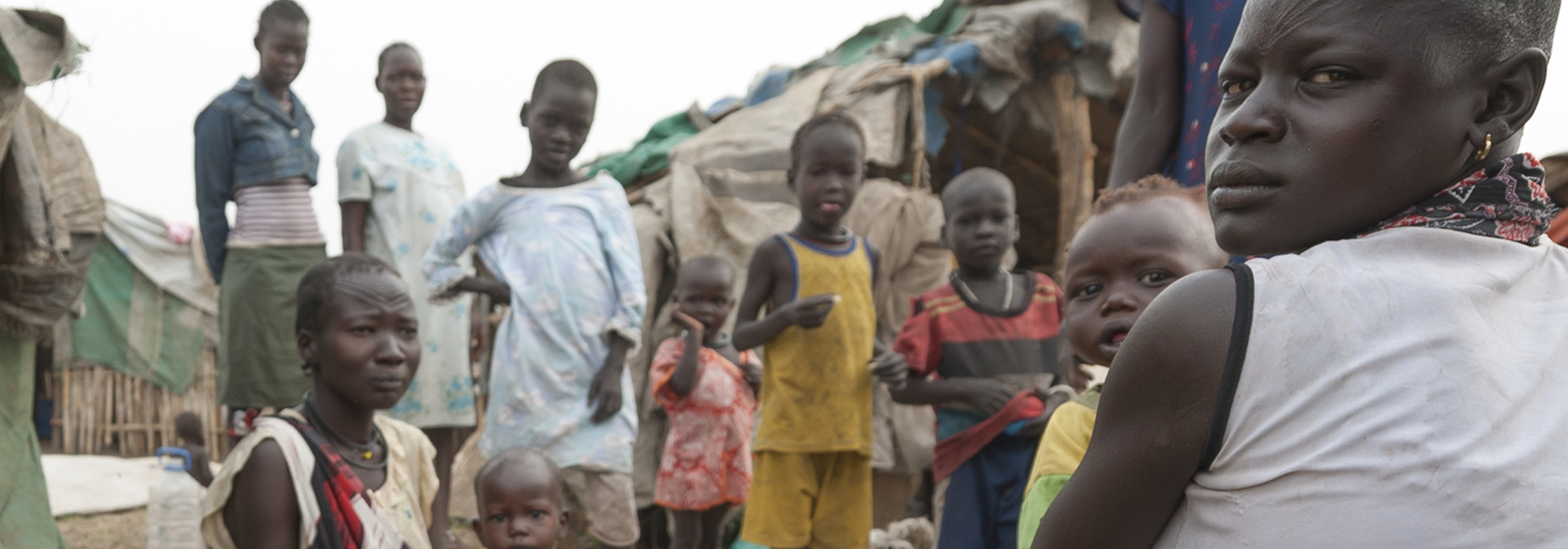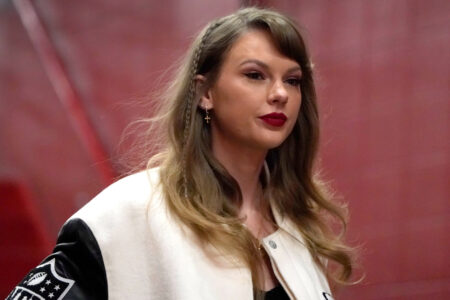
Prime Minister Justin Trudeau’s government has invested a lot of political capital in defending women’s and girls’ rights worldwide. It has led global discussions and helped defend development gains when other donors stepped away. As Canadians prepare to go to the polls, Trudeau has an opportunity to leverage the government’s credentials to support women and girls’ rights where they are farthest behind: in conflict and emergency settings.
The statistics are staggering. In 2019, the UN’s Office for the Coordination of Humanitarian Affairs estimated that nearly 132 million people in 42 countries around the world will require life-saving humanitarian assistance. If last year is anything to go by, the international community will struggle to mobilize 60 percent of the funds needed to help. When resources are stretched, women and girls are the first to lose out.
According to the UN, more than 500 women and girls living in emergency settings lose their lives every day from preventable causes related to reproductive health. Yet studies have shown that the least developed conflict-affected countries receive 57 percent less funding for reproductive health care than peaceful low-income countries.
If there’s a silver lining, it’s that those dedicated to saving lives in emergencies — including governments, UN agencies, NGOs and local civil society groups — are learning to be more resourceful. Part of this approach includes new efforts to leverage the often-overlooked contributions of women and girls.
Women represent roughly half of those affected by natural disasters and conflict, and there is no longer any question of them being passive victims waiting for help. Women in crises regularly step up as volunteers, activists and first responders. They risk their lives to help and speak up for others. And they remain active in their communities long after international actors have left. Yet the humanitarian response system continually struggles to take full advantage of this potential.
Consider, for example, the story of Angelina Nyajima Simon Jial. She has been operating a small NGO, Hope Restoration South Sudan, since 2010. The group helps women and girls in a country that has had some of the highest rates of violence against women and girls in the world. In October 2018, her NGO had a breakthrough: it received $130,000 from the South Sudan Humanitarian Fund. It was enough to open a safe space for women and girls, dedicated to helping survivors of gender-based violence. But only six months after opening, Hope Restoration lost its funding.
This, just a stone’s throw from the town of Bentiu, where the UN reported 134 rapes between September and December 2018. As Jial put it when she addressed the UN Security Council in March: “How do you tell someone who has been subjected to horrific acts of violence that you can no longer help them? It is very disheartening.”
Her story encapsulates some of the many challenges women-led organizations in conflict-affected countries are up against. Globally, only 0.3 percent of humanitarian aid went to gender-based violence programming in 2018. This leads to intense competition for scarce funds. In addition, local women-led NGOs have difficulties meeting donors’ criteria, even though they are typically the ones on the front lines, with trusting relationships with survivors and the broader community.
The reality is that the current system privileges established organizations, which remain unwilling to cede power to women’s rights actors at the local level, where some of the most cost-effective and impactful work is being done. In 2017, for example, only 3 percent of humanitarian aid was directed to local and national organizations — and even less to those focused on women and girls.
Canada’s gender and humanitarian policy
In May 2018, Canada led efforts to adopt the G7 Whistler Declaration on Gender Equality and Empowerment of Women and Girls in Humanitarian Action. Among the measures agreed to, governments pledged to support meaningful “participation, leadership and decision-making of women and adolescent girls, including those living with disabilities, throughout humanitarian action, including through funding to local women’s organizations, where appropriate and possible.”
Canada has taken note of global trends and recognizes that international assistance will continue to be concentrated in areas of conflicts and natural disasters. It should be applauded for putting gender-sensitive humanitarian response at the centre of its international assistance plans.
On April 13, International Development Minister Maryam Monsef unveiled Canada’s new humanitarian policy. The policy hits all the key points. It says transforming the humanitarian system requires tackling power imbalances; delivering more flexible, transparent and predictable funding; being accountable to affected populations; and ensuring women and girls are able to participate meaningfully in decisions that will affect them. But it falls short of articulating a clear, costed plan for upholding the principles it espouses.
With a new humanitarian policy now in place, Canada needs to demonstrate how its humanitarian action will uphold commitments made within its broader Feminist International Assistance Policy. For example, it is still unclear how the government will ensure at least 15 percent of its humanitarian funding goes directly to stand-alone initiatives focused on gender in emergencies. Such funding has the potential to instigate a shift in humanitarian institutional power dynamics. CARE Canada would like to see this ambition stretched further, with a commitment that half of this pool will reach local women’s rights organizations.
There is no shortage of impactful ways in which these resources can be invested. On April 4, CARE, along with more than 40 organizations around the world, released a position paper entitled Women and Girls’ Rights and Agency in Humanitarian Action: A Life-saving Priority. It lists measurable actions by which governments, donors, UN agencies, civil society organizations and national and local actors can help leaders like Jial in South Sudan operate on a more sustainable basis.
One pragmatic step for ensuring that humanitarian response addresses the needs of affected populations, for example, is for donors to demand that international organizations demonstrate how they will work with women’s and girls’ rights actors to deliver the assistance. As we continue to face new natural disasters and conflicts, simple policy measures like these can help shift accountabilities and see that long-standing promises are followed through on.
Successive Canadian governments have helped build to the present moment, in which political will and institutional know-how are coming together to create a more just and sustainable humanitarian system. With its new Policy for Gender Equality in Humanitarian Action, the government of Canada has built a strong foundation upon which to show the international community what it truly takes to uphold women’s rights in conflict and emergency settings.
As Jial told the UN Security Council, “Within communities and local NGOs in South Sudan there is a wealth of untapped potential. The key to unlocking that potential is finding better ways to work together.”
Essentially, this means making women’s and girls’ rights, needs and leadership a standard feature in every humanitarian response. To ignore this reality is not only discriminatory. It also leads to less effective humanitarian responses. And it puts lives at risk.
Photo: Shutterstock/By Vlad Karavaev
Do you have something to say about the article you just read? Be part of the Policy Options discussion, and send in your own submission. Here is a link on how to do it. | Souhaitez-vous réagir à cet article ? Joignez-vous aux débats d’Options politiques et soumettez-nous votre texte en suivant ces directives.







